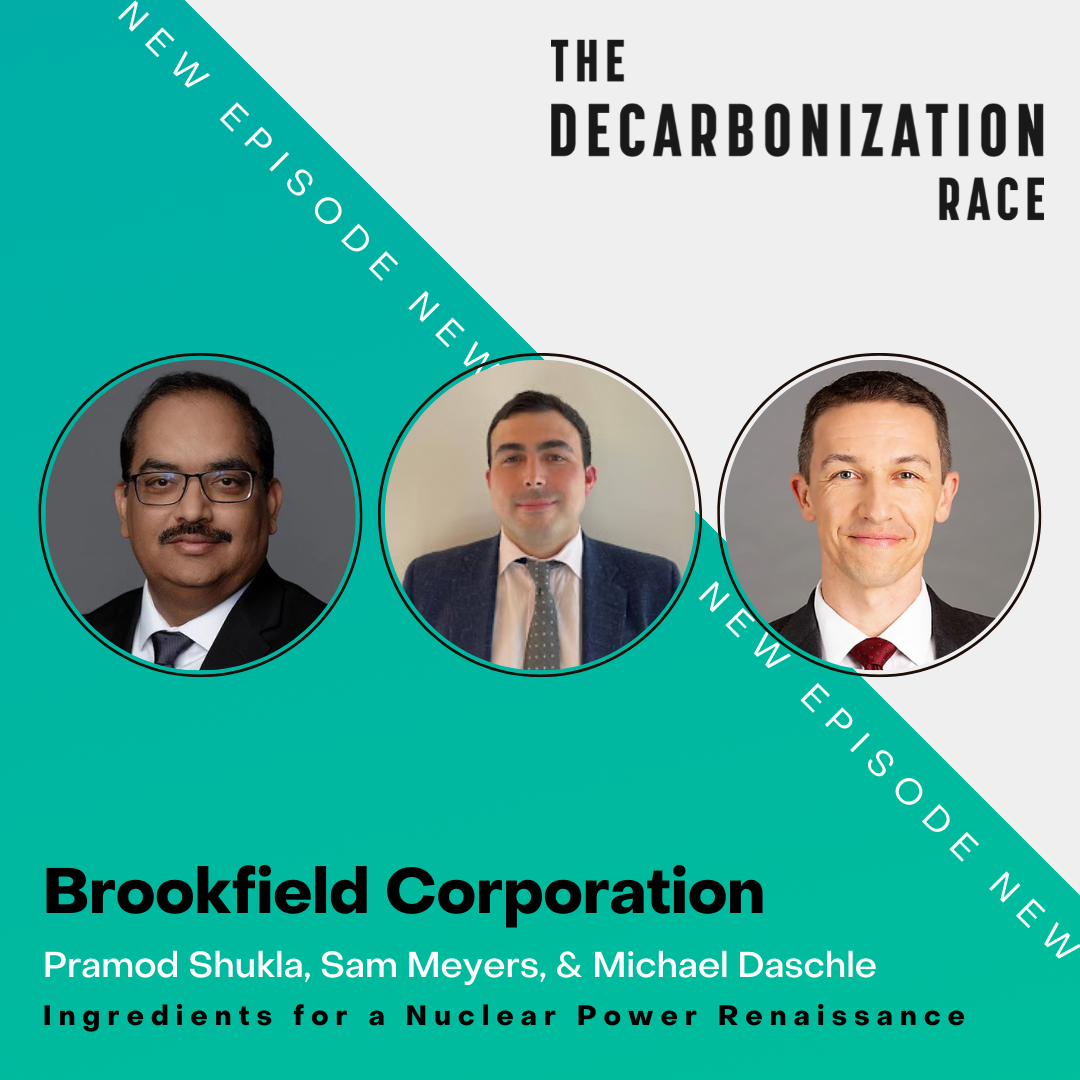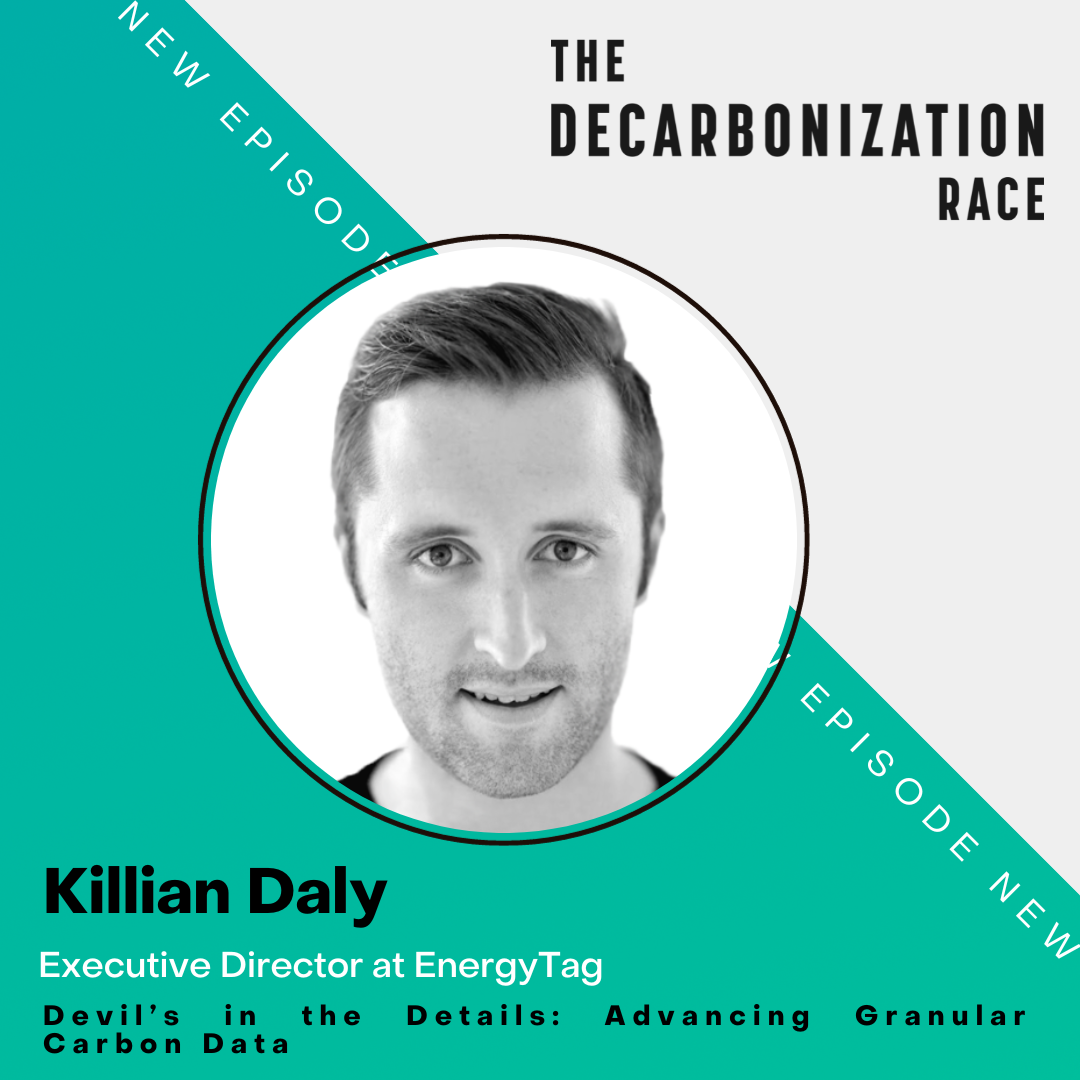Energy Minute: Sustainable Power by the Hour with Load Matching
On this Energy Minute episode, Dana and Steven look at the practice of load matching, an emerging sustainability practice focused on companies making the energy they use align with the clean energy they procure, hour by hour.

What is load matching and how does it help companies address climate change?
Companies including Amazon, Apple, Iron Mountain, Microsoft, and Google are pioneering this innovative practice with bold goals of going 24/7 carbon-free. But…what does it take for both these companies and the non-tech giants of the world to start decarbonizing their operations? This Energy Minute episode should shed light on the situation!
Load matching helps businesses understand how well their electricity demand is aligned with available clean energy sources on the grid, so they can adjust their procurement strategy as needed to fill in gaps or meet their targets differently. Implementing load matching requires sophisticated tracking software to understand to what degree procured carbon-free energy matches up with each hour of a facility’s consumption.
Tune in to learn more about this emerging trend in sustainability tech—the next frontier for companies sourcing carbon-free energy.
Key Takeaways
- Load matching brings precision and surety to companies’ pursuit of clean energy
- Powering a company’s operations with 24/7 carbon-free energy starts with understanding how well supply and load are matched at every hour
- Load-matching offers the best long-term pathway for decarbonizing the grid, especially regionally</aside>
Transcript
Dana Dohse: Welcome to this Week’s Energy Minute, brought to you by Cleartrace. I’m Dana Dohse.
Steven Goldman: And I’m Steve Goldman. On this episode we’re going to be talking about the concept of load matching and how it represents the next frontier for companies sourcing carbon-free energy.
Dana Dohse: Companies are increasingly setting bold targets for reducing their carbon emissions, often by adopting clean energy. By matching energy consumption with clean energy produced elsewhere on the grid power purchase agreements have allowed corporations to take action to address the current and future risk posed by climate change. But simply procuring power doesn’t necessarily mean energy procured under those agreements is actually supplying a company’s needs at the exact moment that energy is being consumed. Solar and wind power are variable renewable sources, meaning they don’t generate consistently. As a result, power under those contracts may be sent to the grid, but not used by the intended recipient when they actually need that energy. Green energy can become, in a way, brown storage for electricity generated by dirtier assets that are delivering power when the company needs it. This leads us to a practice pioneered by the likes of Google, Microsoft, and other leading corporations known as load matching.
Steven Goldman: Load matching takes place when a company not only procures the output of carbon-free energy sources, but tracks its consumption using sophisticated software tools. In other words, matching the organization’s load or electricity demand to energy supplied by those energy sources in an attempt to make them aligned as closely as possible. Google was the first company to set a target of not just 100% renewable power, but also to realize that that target meant 0% non-renewable power, a near impossibility when drawing power from your local grid. Looking at its consumption the company found that because its data center energy needs were constant, but the power provided by solar and wind varied hour to hour its data centers were still relying heavily on electricity from coal and gas.
Google is now spearheading the concept of 24/7 carbon free energy and has set for itself the goal of operating on carbon free energy 24/7 by 2030. Another data center provider, Iron Mountain, is pursuing a 24/7 carbon free energy strategy. Iron Mountain is sourcing carbon free energy for its data centers, which is being supplied to them by RPD energy and direct energy. Cleartrace is proud to support them in that journey. Our hourly carbon accounting and energy traceability platform is enabling them to track their data centers’ load hour by hour, and match it with the carbon free energy they’re sourcing.
Dana Dohse: Thanks for joining us for this week’s Energy Minute. For more of the latest news in sustainability and decarbonization, visit cleartrace.io.










